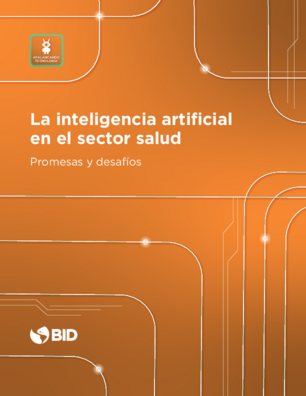Back to Observatory
Use of AI in Precision Agriculture for a watershed in the Chihuahua Desert, Mexico.
Description of the service
Food sustainability and water conservation are critical strategies to advance the Sustainable Development Goals (SDGs) in Latin America and the Caribbean. The project targets hydro-agricultural pumping areas in Mexico. Using AI technology for water application in agriculture is crucial for water sustainability, the improvement of social welfare in rural communities, and the financial feasibility of local families. Without the use of technologies such as AI, the development of rural communities is at risk, increasing migration to urban areas. This project evaluates walnut trees and vineyards, two priority crops for their economic relevance and water consumption, and accordingly, the following equipment was installed: a micro-sprinkler pressurized irrigation system, soil temperature and humidity tension sensors, a weather station to measure climate data with official parameters, digital piezometers to measure the evolution of groundwater pumping in wells, and a Gateway antenna connected through a LoraWan system to send digital information through the network for processing and generating real-time irrigation schedules for decision-making in the water irrigation by calculating the Evapotranspiration (ETP), reducing water consumption in crops without affecting their productivity.
Problem that it solves
Reduce water consumption and increase productivity in the agricultural production process, in particular for walnut trees and grapevines. It will provide an alternative for low-income producers, generate increased economic income from the sale of their crops, and reduce the agricultural land abandonment risk leading to migration to large urban centers and soil erosion.
Type of AI app used
All of the above
Main results to June 30, 2021
In walnut (4 ha) and grapevines (1 ha) crops, we installed a micro-sprinkler pressurized irrigation system, soil temperature and humidity tension sensors, digital piezometers in hydro-agricultural pumping wells, a meteorological station with instrumentation related to rain gauges, anemometers, solar radiation measurement, and maximum and minimum environmental temperature sensors. The institutions signed a collaboration agreement and met with local producers to instruct them about the website that showcases real-time measurement of meteorological parameters in the station's area of influence.
Three main bottlenecks faced during implementation
- Limited resources available to advance the project's following phases: automation of irrigation valves, purchase of additional inputs for root and foliar monitoring, and expansion of the study area to 20 ha.
- Limited time to execute a more integral work and unrestricted to reduce risks in on-site decision-making.
- Limited human capital specialized in precision agriculture capable of focusing on the care of multivariable information to support the decision-making and produce the apps to ensure a friendly and useful transfer of information to end users.
Lessons learned in the design or use of AI for social impact
- Available technology for Precision Agriculture can allow the easy and friendly transfer of information to end users
- It is a field with infinite potential that can assist producers in making the right decisions in their production process while protecting the environment and improving their living conditions and wellbeing.
- The investment can produce large-scale positive impacts allowing producers to achieve the necessary productivity to be competitive and succeed in their business and family projects, avoiding land abandonment and migration to urban areas.
Country of origin
Geographic scope of operations
Ascension, Chihuahua, Mexico
Website
https://www.ia.center/es/Type of executing entity
StartupSector/industry
Sustainable Development Goal(s) to which your AI solution contributes
1 (no poverty)
2 (zero hunger)
4 (quality education)
6 (clean water and sanitation)
8 (decent work and economic growth)
9 (industry, innovation, and infrastructure)
11 (sustainable cities and communities)
12 (responsible consumption and production)
13 (climate action)
IA app developed internally or by a third party
Internally
Name of implementing entity
Center for Technology Transfer in Artificial Intelligence (CeTraTec AI) and Artificial Intelligence Center (CIA
Stakeholders involved
Artificial Intelligence Center (www.ia.center/es/); Pulsar Group LLC (www.PulsarNursery.com) and Universidad Autónoma de Ciudad Juárez (www.uacj.mx)
Percentage of the development team that are women
20%
Year they started using AI-based models
2020It may interest you
En los últimos años, el uso de sistemas biométricos se ha expandido de manera significativa en los escenarios más variados en todo el mundo.
This self-assessment tool is designed to allow the mitigation of ethical risks associated with the use/application of new technologies. It is available so that the ethical performance of each system can be evaluated from the beginning.



